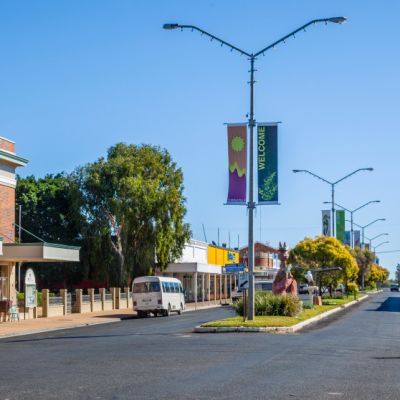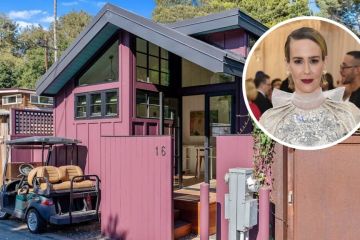Escape to Stanley, Tasmania: 'It's just special. It’s not like anywhere else'
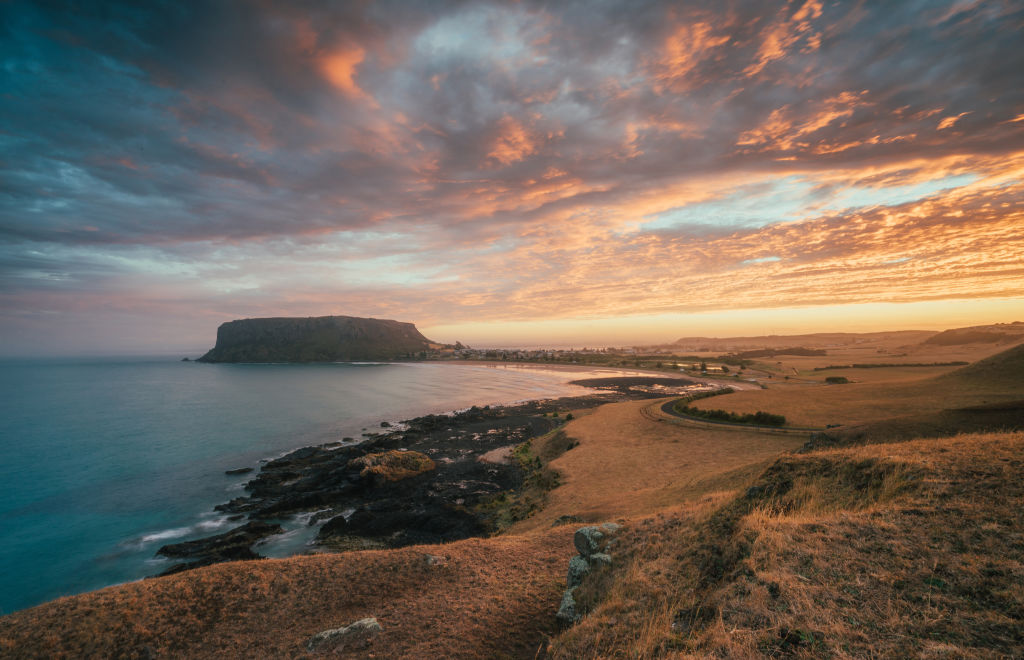
It’s home to a selection of nationally recognised heritage buildings, such as the Stanley Museum and Joe Lyons Cottage, and it was once the base of the Van Diemen’s Land Company, but a spectacular natural feature dominates Stanley’s skyline.
The Tasmanian village is nestled under the Nut, a plug from an ancient volcano, which is climbed by a steady stream of tourists who also flock to the Highfield Historic Site nearby.
It’s about a five-hour drive from Hobart or just under three hours from Launceston on the island’s north-west coast, with the area once described by one 19th-century colonial secretary as being “beyond the ramparts of the unknown”.
And while it can be windy due to the town’s unique position – essentially sticking out into the Bass Strait – locals describe the atmosphere as warm and friendly.
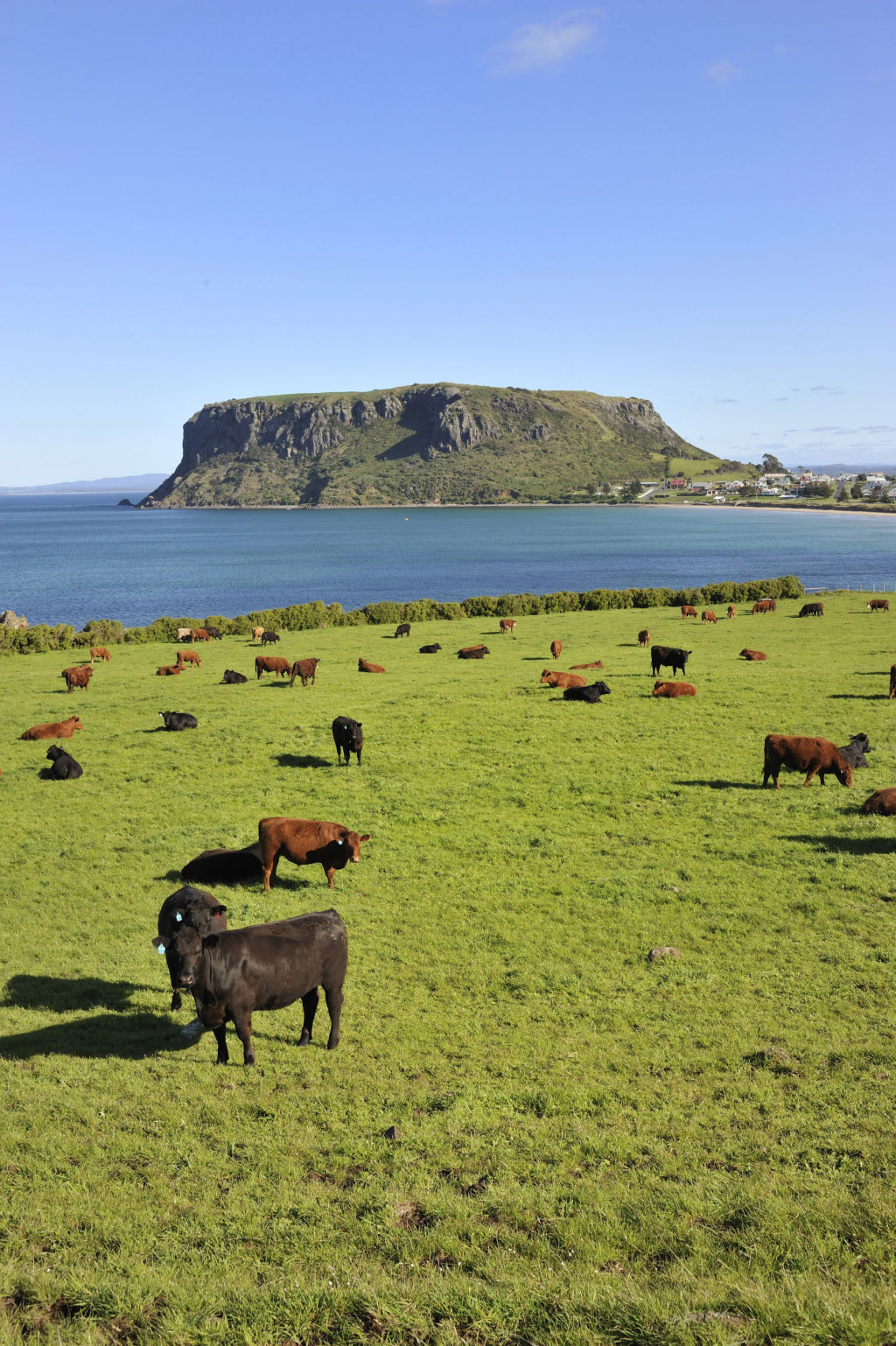
Population: Stanley had a population of 476 at the 2016 Census.
Who lives here?
While there are people whose families have lived in the area for generations, Stanley also draws transplants from further afield, some seemingly stumbling across it by chance.
Michael Pine, proprietor of local wine bar Tasmanian Wine and Food, originally came to work in education in nearby Smithton and “fell in love in the place”.
“This is the last of the undiscovered regions. In my opinion, this is an absolute gem,” he said. “Stanley itself, as you come down the coast and you see it, it simply takes your breath away.”
Stanley also often attracted retirees moving from the mainland and visitors from Queensland in particular, looking to escape the heat.
Cassie Thomas, from local store Sticks and Stones, has lived in town for the past 10 years.
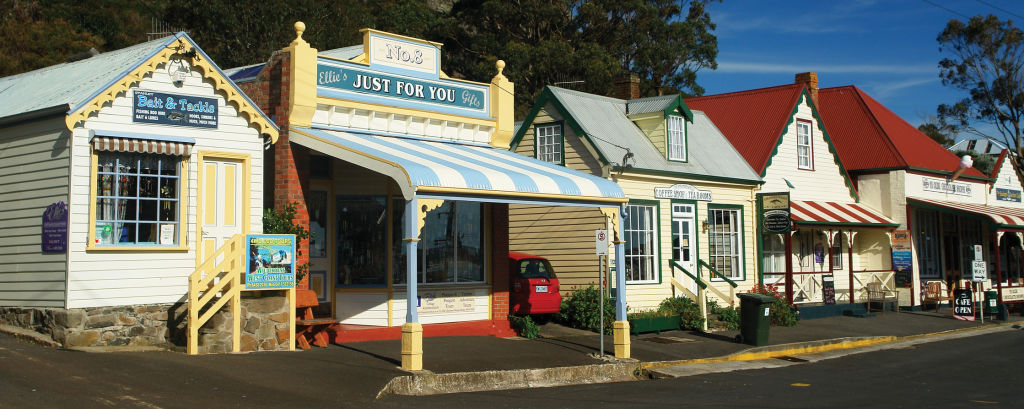
“We literally saw a property on the internet when we were living in Broome,” she said. “We didn’t even know the area.”
She agreed that the town appealed to retirees, but also to sea-changers and families looking for a quieter pace of life.
This was also the case for Kerry Houston. Having lived in Hobart with her husband and children for 10 years, she and her family recently relocated to Stanley and are running – and renovating – a 170-year-old pub that has been converted into a guesthouse.
Ms Houston said they hadn’t heard of Stanley before stopping there on a trip around Tasmania, and they were just “blown away”, visiting several more times before deciding to make the move.
“It’s just been wonderful – Stanley is just the most beautiful little community,” she said, adding that her now-retired parents had also sold up in Hobart and followed her there.
What happens here?
Despite its size, the town is visited by some well-known musical names, such as Slava and Sharon Grigoryan, who performed at the Town Hall in April and commented on the building’s excellent acoustic properties.
Mr Pine said: “For some reason the Town Hall has been sprinkled with stardust – the acoustics in there are amazing.”
“There’s always something happening on at the Town Hall – there’s international musicians that come and play, as well as locals,” added Ms Thomas.
Apart from bands at the hall and pubs – incidentally, the town is completely free of pokies – there are also regular screenings organised by the local film society, and the Dockside Festival is held in town in November.
Stanley is also home to active gardening and cricket clubs, a golf club, and hosts an annual agricultural festival, country musters and surfing events.
What’s life like?
The town offers a laid-back, “countrified” pace of life where a walk to the shops will take an hour, just because of all the people you stop to talk to along the way.
“It’s a very cruisey, low-key, great community,” said Ms Thomas. “A slower pace of life for sure, I guess, but in a good way.”
She said while Tasmania sometimes had a reputation for being closed off, she had found the town very welcoming and friendly.
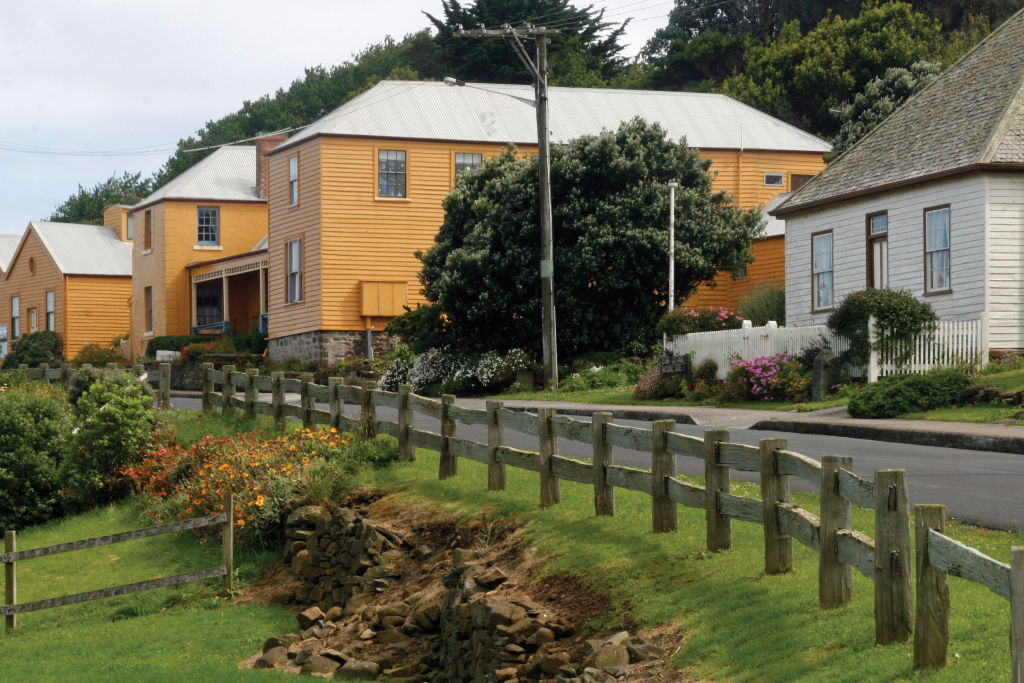
Mr Pine, too, said he was struck by how warm and supportive the local community was.
When his business had originally been set up, he’d anticipated that they’d largely be patronised by the “grey wave” of retiree tourists who frequented the area.
“That was the demographics were were looking at – but a good 90 per cent of our customers are locals,” he said. “We’ve had huge support from the locals.”
It’s also, he said, a “foodie paradise,” with cold climate wines, gin and whisky, cheeses, Cape Grim beef and seafood all found or produced locally.
“Looking out from the doorstep, I can see where a lot of my produce comes from – from the hills and from the sea,” he said.
What jobs are here:
Tourism and hospitality, and fishing and agriculture – especially with the high quality of the local produce – are drivers of the local economy. Smithton is a 20-minute drive away and home to several schools, bigger shops and manufacturing work.
And, as Ms Thomas noted, while tourism was great throughout summer, the town didn’t struggle to maintain the “tons of great restaurants” throughout the quieter winter season.
Why move here?
Ms Houston said the very friendly community feel couldn’t be beaten, with local families hosting barbecues and sending out bulletins inviting everyone to come.
“We’ve made more friends and made more connections,” she said. “It’s just special. It’s not like anywhere else.”
And, she said, it was a town that tended to ensnare people with its singular charm.
“People get here and say ‘I need to move here’,” she said. “It has that effect on people, it just captures them.”
“It is still one of those communities where people leave their doors unlocked,” Mr Pine said. “People give you food – my neighbour gave me a lobster that he’d caught.
“From my point of view, I’ve travelled throughout the world, I’ve lived throughout the world, and Stanley is the best place I have ever come across.”
We recommend
We thought you might like
States
Capital Cities
Capital Cities - Rentals
Popular Areas
Allhomes
More
